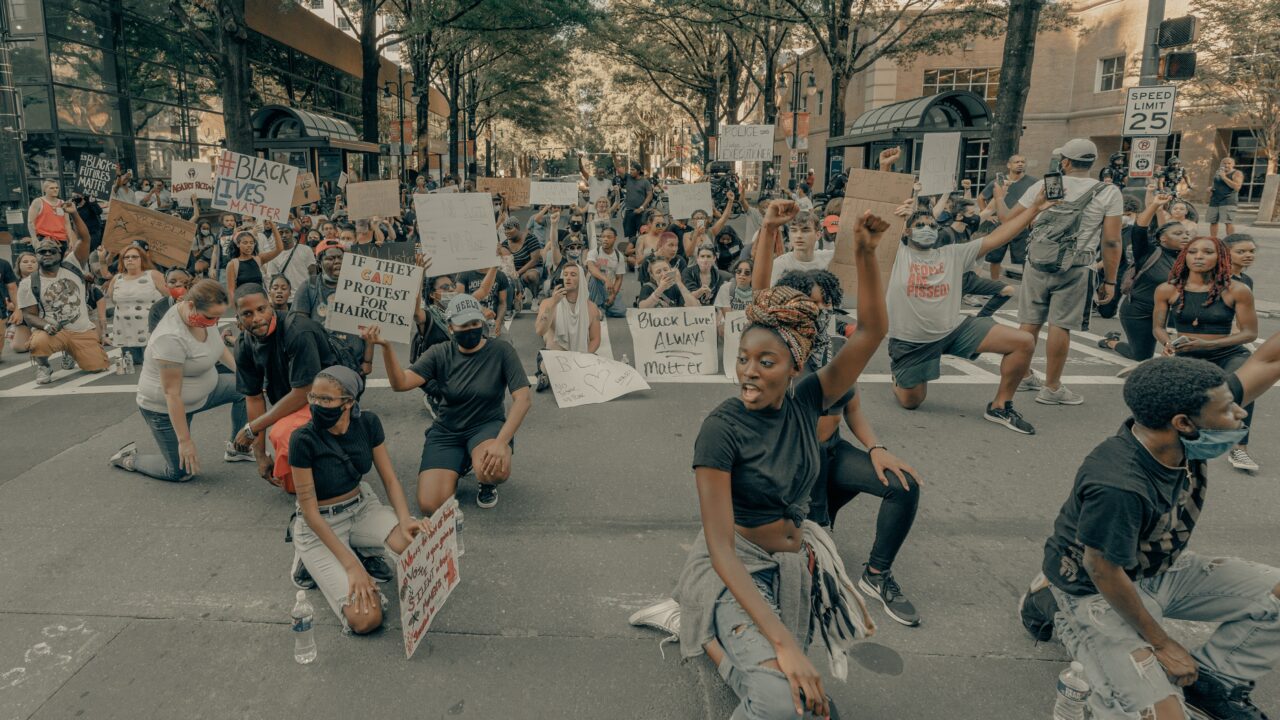Young people have long pushed us to realize the (as of yet) unfulfilled promise of pluralistic, multi-racial democracy. Through a unique combination of irreverence and idealism, many young people see democracy for what it could be rather than what it is, helping to move the needle on countless social and economic issues. This issue — guest edited by Scott Warren of the SNF Agora Institute at Johns Hopkins University and Ben Kirshner of the Research Hub for Youth Organizing at the University of Colorado — is part one of a two-part series exploring the challenges and opportunities in front of youth organizers in the United States and abroad today. The second issue in the series, which will be published in the winter of 2021, focuses on international youth activism, including lessons from organizers in Kenya, Brazil, Hong Kong, Nigeria, and India.
In this issue, we have brought together a diverse group of youth organizers from across the United States to tackle the critical questions facing the field. What innovations are young organizers bringing to the movement, and what strategies are they pursuing to build political power? What kinds of organizational structures have youth organizers built, how are they forging a relationship between movement and organization-building work, and how are they navigating the tension between revolution and reform? Where are they collaborating across generations, and where are tensions emerging? Youth and adult organizers alike must examine these questions if we want to build organizations with enough power to address the cascading crises facing our world today.
The media often decry the cynicism and disaffection of today’s youth. Reality paints a different picture. The Pew Research Center finds that Millennials and Gen Z’ers are more pro-government than their predecessors and more likely to see racial and ethnic diversity as a good thing. Young people are also taking action, with an 11-point increase in voter turnout among 18-to-29 year olds this past election, as well as rising levels of civic engagement and activism. Like all organizers, young people face their share of obstacles. As you’ll read in this issue, youth organizers with Californians for Justice, Providence Student Union, and the Labor Network for Sustainability have struggled to get adults to take them seriously and include them in decision-making processes. Young people organizing with Forward Montana often feel like lone progressive fish swimming upstream in a conservative state, and New Era Colorado has struggled to build an approach that is expansive and inclusive enough to reach a broad base of youth. In Miami, Power U wrestled with the difficulty of building long-term organizational power, ultimately adopting a more rigorous organizer training program and higher expectations for youth members in order to claim society-changing power.
Too often, adults assume that young people cannot effect change because they lack the financial resources, life experiences, and political capital that often comes with age. The organizations profiled in this issue prove otherwise. At the same time, many contributors emphasize the importance of organizing across generation, neighborhood, and racial and socioeconomic lines. Student organizers in Oakland and Miami rely on intergenerational partnerships to guide, empower, and legitimize their work; similarly, BYP100 creates opportunities for youth organizers to remain involved after they age out of the organization so that they can pass down their skills and experiences to a new generation of leaders. The Philadelphia Student Union used relational organizing to bring together distinct communities around the common goal of fixing school underfunding. Local chapters of the Youth Democratic Socialist of America align with campus unions to fight for both workers and students to have a voice on campus. And United We Dream is sharing skills and lessons learned with organizations around the world, building international solidarity.
In all of these stories, young people’s creativity, moral courage, and commitment enabled them to turn the resources they do have into the power for change. Veteran community organizer and Harvard professor Marshall Ganz argues that it is no accident that young people have always been at the forefront of organizing for social change because, he writes, it is young people who have the “critical eye and hopeful heart” needed to agitate for change. Throughout these essays, we witness youth leaders maintaining a hopeful heart despite the enormity of the challenges they face. And we see them grappling with the practical challenges of organizing, learning to build authentic relationships with each other and their constituencies, create community around their leaders, and negotiate for power with people in positions of authority. That’s what it takes to build power.
Democracy cannot work without organizers. They are the ones who equip people to articulate a bold vision for the world they want, create community around that vision, and turn that vision into reality through the hard work of collective action. These essays help show us how it works.
